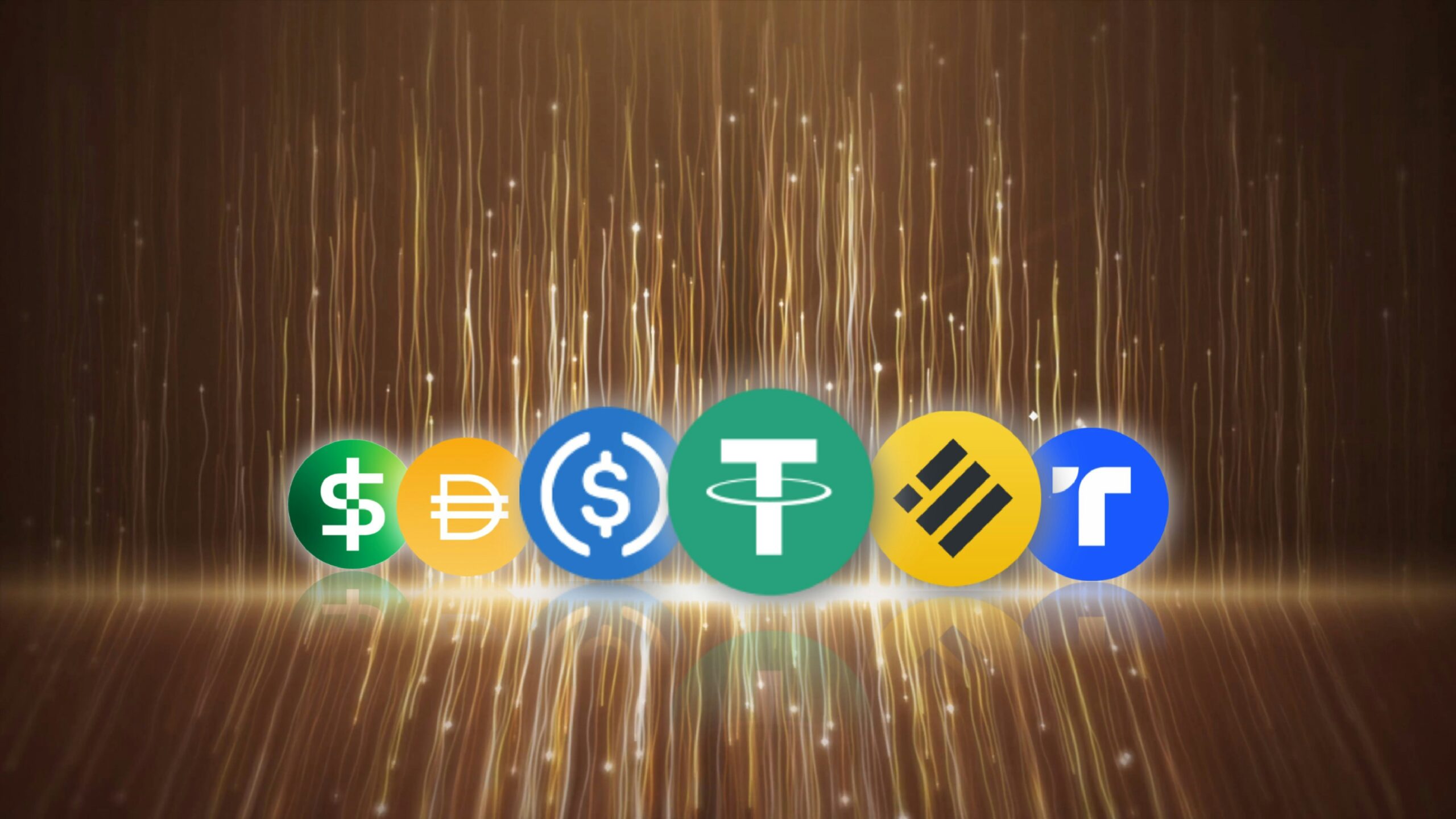
In the dynamic world of cryptocurrency, the role of U.S. dollar-pegged stablecoins in reinforcing the dollar’s global supremacy remains a subject of extensive debate. Howard Lutnick, CEO of Cantor Fitzgerald, during a recent Chainalysis Conference, articulated a strong case for stablecoins like Tether (USDT) and Circle’s USDC, underlining their significant contribution to maintaining the economic dominance of the United States on the global stage.
Stablecoins: A Pillar of Dollar Dominance
According to Lutnick, the incorporation of stablecoins in the financial ecosystem not only bolsters the U.S. dollar’s hegemony but also serves as a cornerstone for the American economy. “Dollar hegemony is fundamental to the United States of America,” Lutnick stated, emphasizing the pivotal role of stablecoins in sustaining the U.S.’s economic stature.
His endorsement of stablecoins like Tether and Circle stems from their utility in fueling demand for U.S. Treasury notes without posing a systemic risk to the global economy. This perspective sheds light on the intrinsic value of stablecoins in fostering an environment where the U.S. enjoys financial privileges, including the ability to incur substantial deficits, secure borrowing at favorable rates, and exert geopolitical influence through sanctions.
The Market Presence of Stablecoins
Cantor Fitzgerald’s custodianship of Tether Holdings, the issuer behind the world’s leading stablecoin, USDT, places the firm at the heart of the stablecoin discourse. With USDT’s market capitalization reaching $107 billion and USDC’s at $32.25 billion, according to CoinGecko, the prominence of these digital currencies in the cryptocurrency market is undeniable.
Stablecoins have carved out a crucial role in crypto trading, serving both as a medium of exchange in the spot market and as collateral in derivatives trading. Moreover, the turbulent monetary tightening cycle of 2022 spotlighted stablecoins as a refuge for investors navigating uncertain waters.
Confidence and Critique
The collapse of Terra’s algorithmic stablecoin, UST, in May 2022 rattled investor confidence in the stablecoin sector. However, Tether withstood the market’s tumult, validating its resilience by honoring redemptions amidst scrutiny over its reserve backing. Lutnick’s reassurance in January that Tether had adequate reserves to back USDT further cemented investor trust.
CBDCs: Innovation or Intrusion?
Lutnick expressed skepticism towards central bank digital currencies (CBDCs), specifically concerning their potential perception by international actors such as China. He fears that a U.S.-issued digital dollar might be perceived as an “American spy wallet,” highlighting the geopolitical sensitivities surrounding digital currency innovation.
The Future of Asset Tokenization
Looking forward, Lutnick envisions a future where real-world assets, including bonds, could be tokenized and traded on blockchain platforms. He predicts that advancements in technology will eventually enable fast, cost-effective trading of tokenized assets, potentially revolutionizing asset management and exchange over the next decade.
The discourse surrounding stablecoins and their impact on the U.S. economy is multi-faceted, weaving together threads of economic strategy, technological innovation, and geopolitical considerations. As the cryptocurrency landscape continues to evolve, the insights of industry leaders like Howard Lutnick offer valuable perspectives on the interplay between digital currencies and traditional financial systems. The burgeoning role of stablecoins, coupled with the potential for asset tokenization, heralds a transformative period for global finance, marked by digital innovation and strategic economic maneuvering.
Featured image credit: CoinWire Japan via Unsplash
